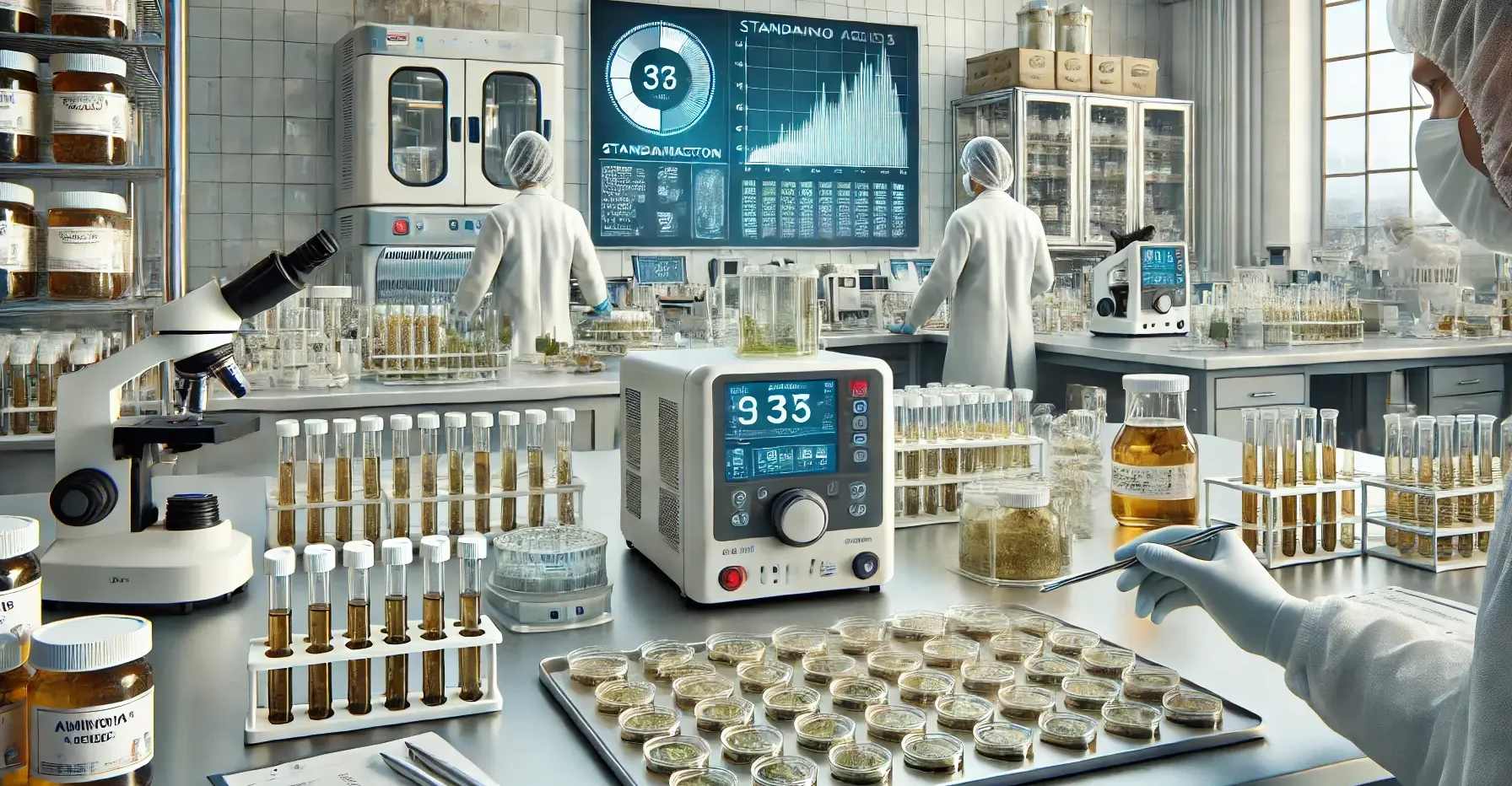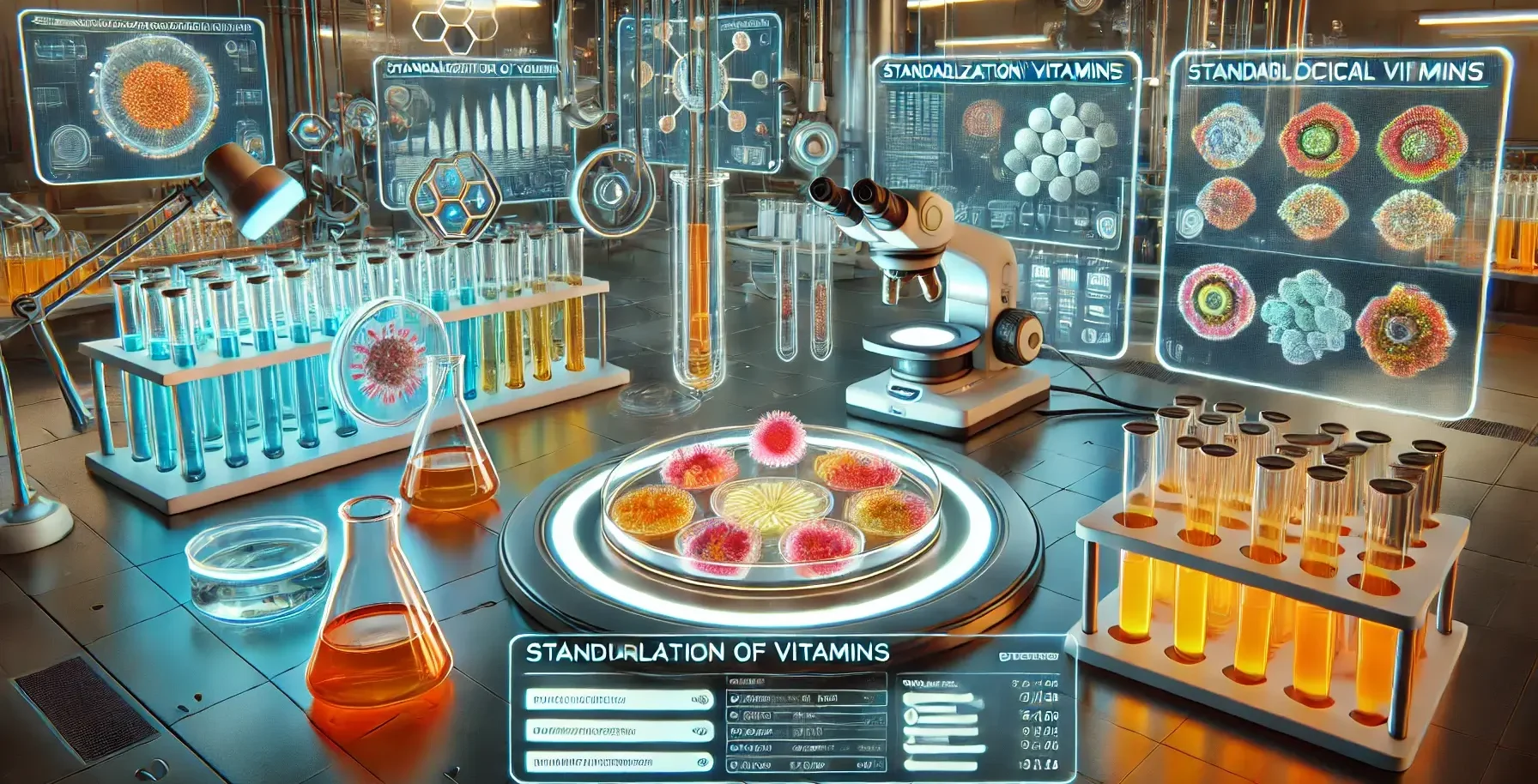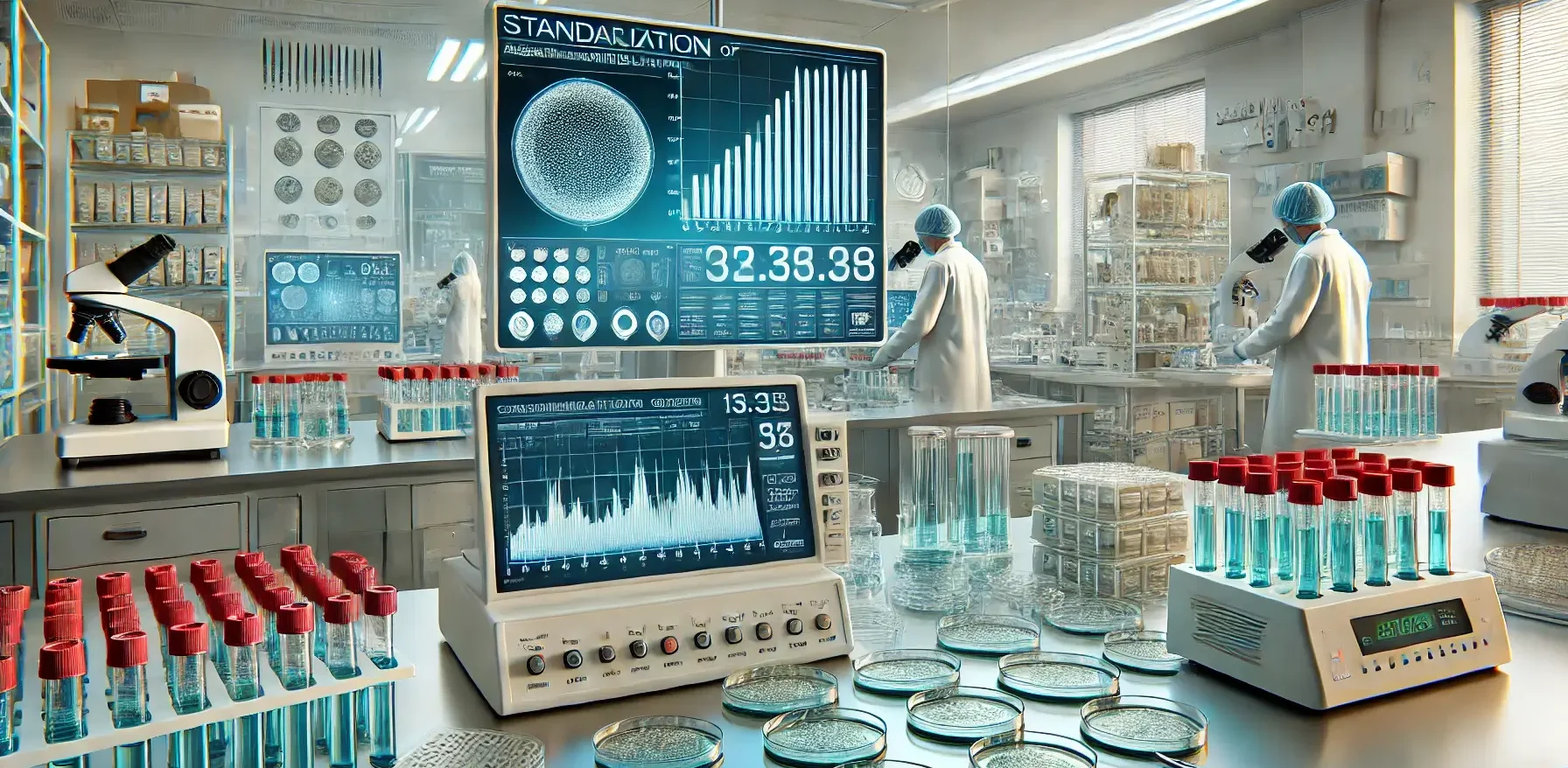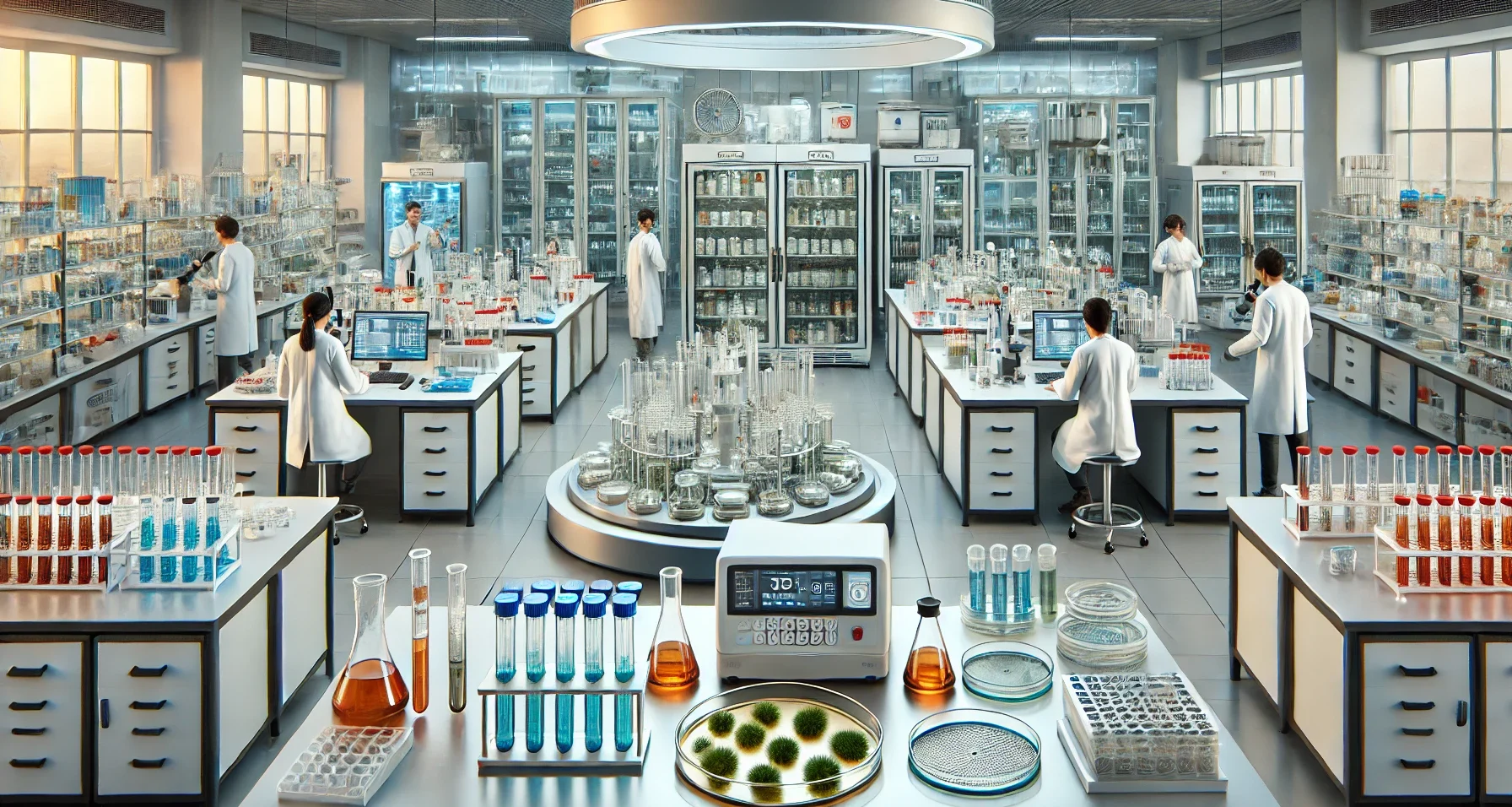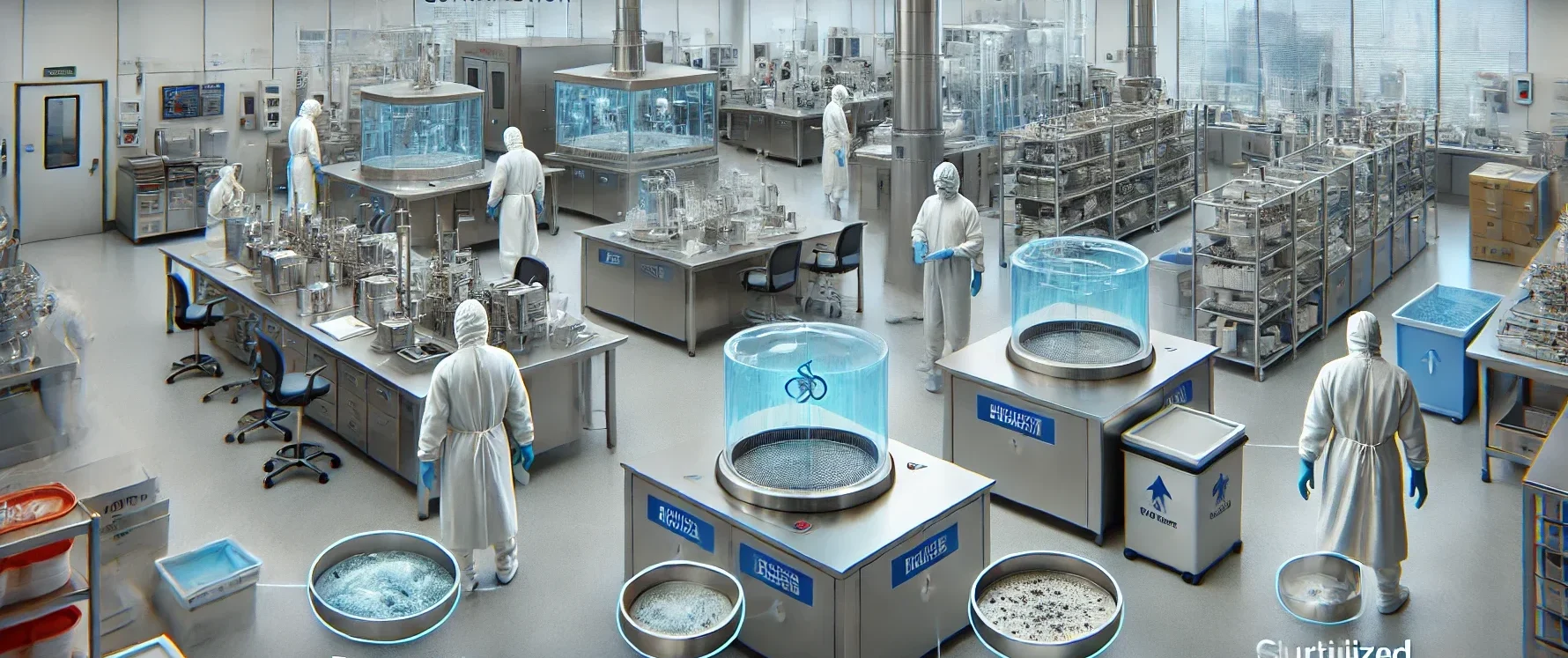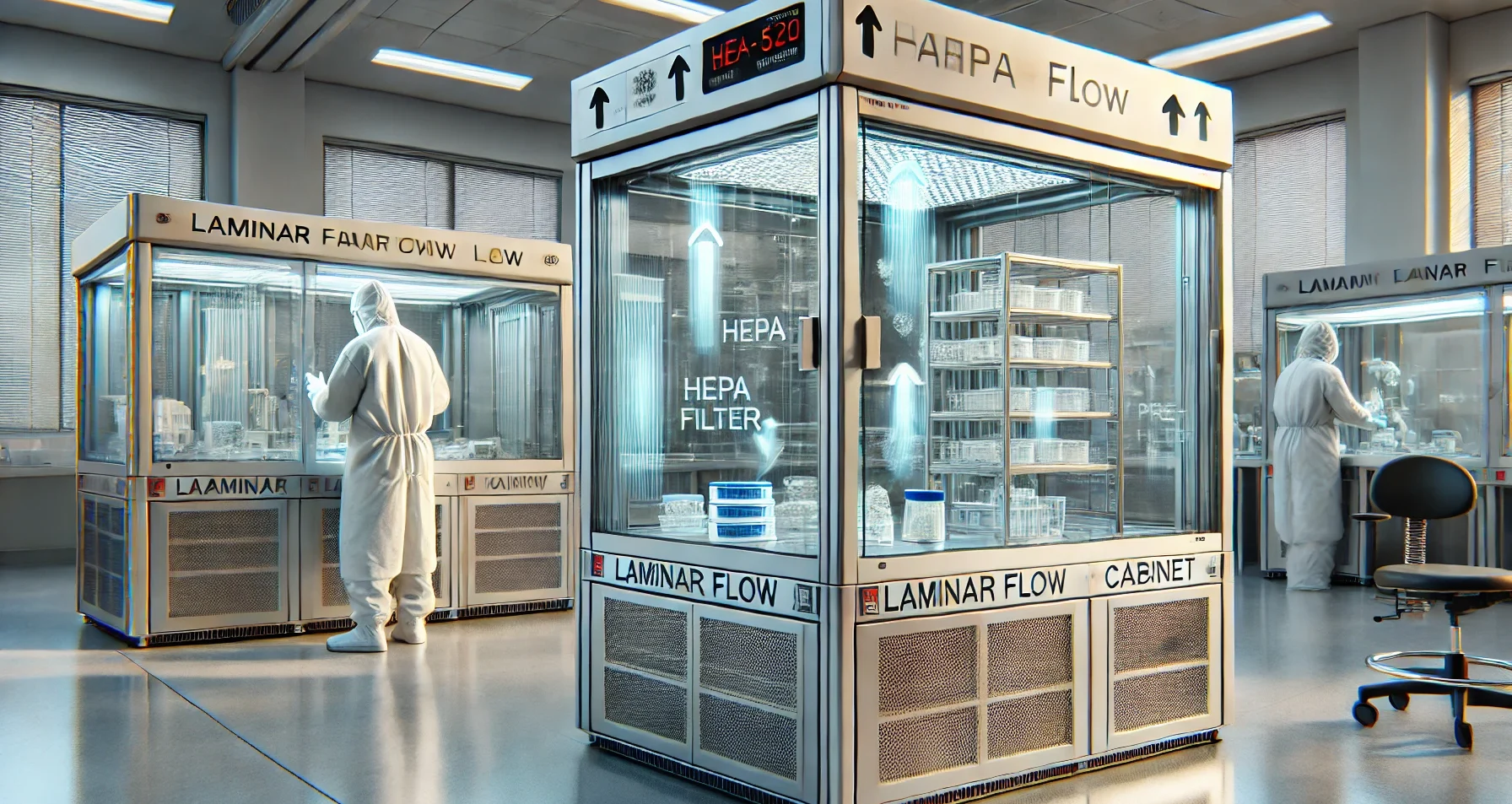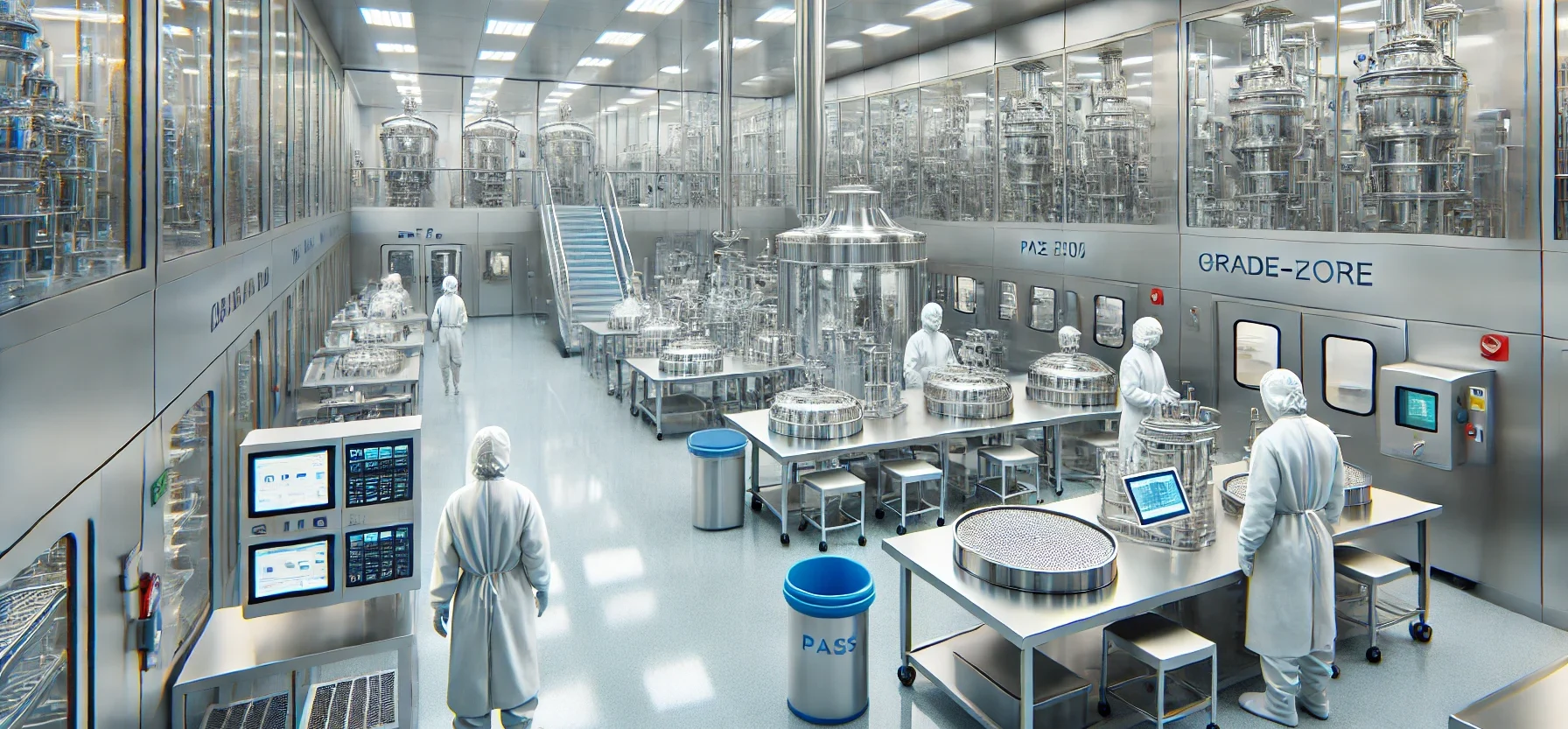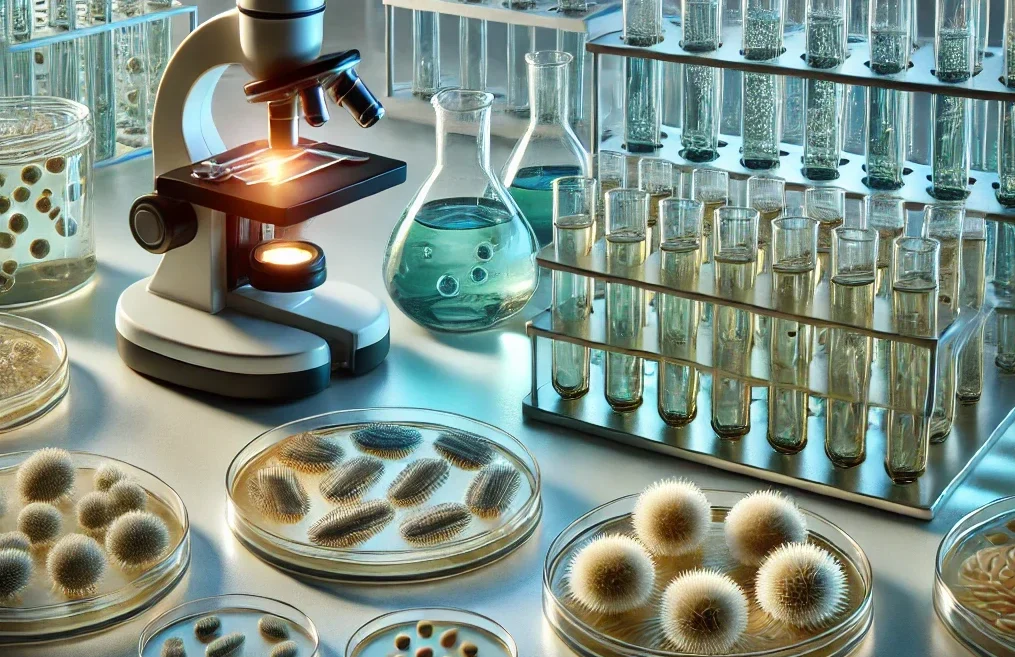Methods for Standardization of Amino Acids
Methods for Standardization of Amino Acids is the Standardizing amino acids using microbiological assays involves measuring the response of specific microorganisms that require particular amino acids for growth. Here’s an overview of the methods typically used for this purpose: 1. Titrimetric Methods for Standardization of Amino Acids Principle: Based on the diffusion of amino acids … Read more

